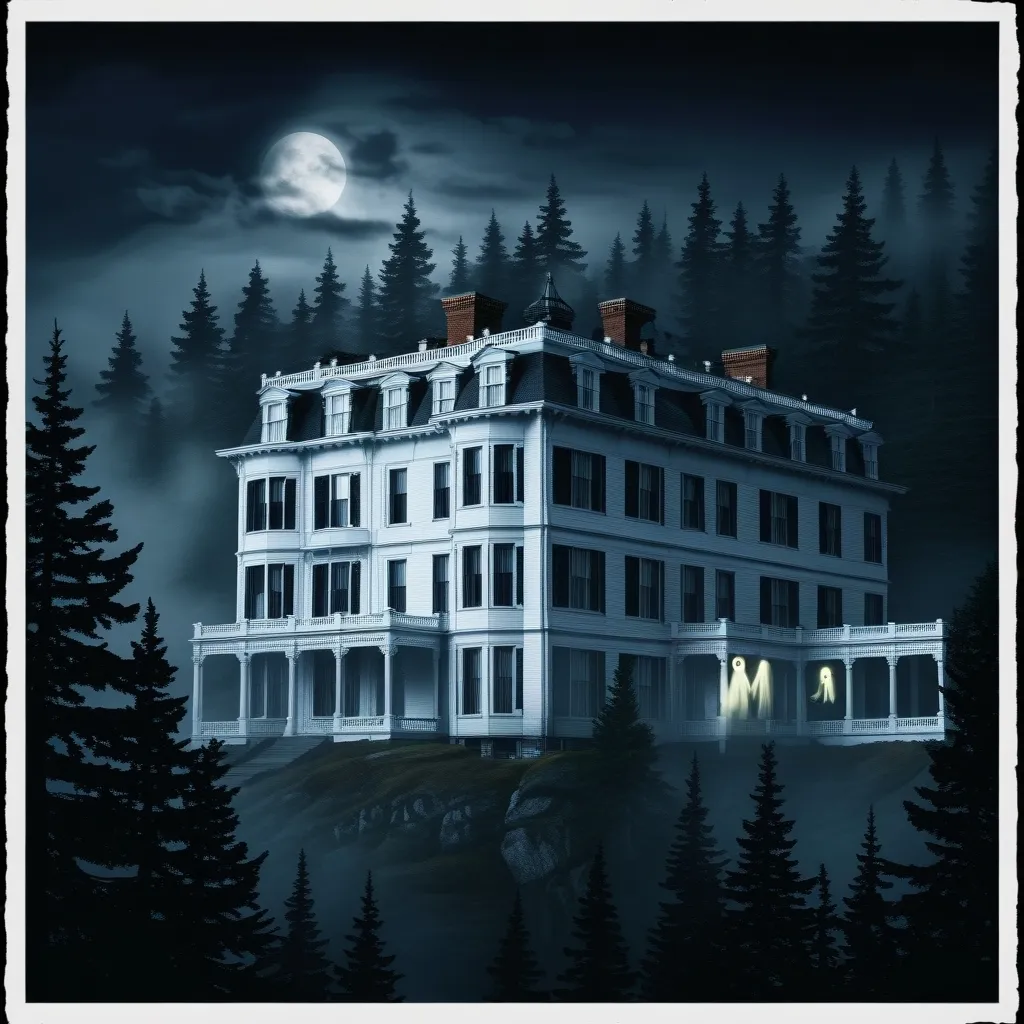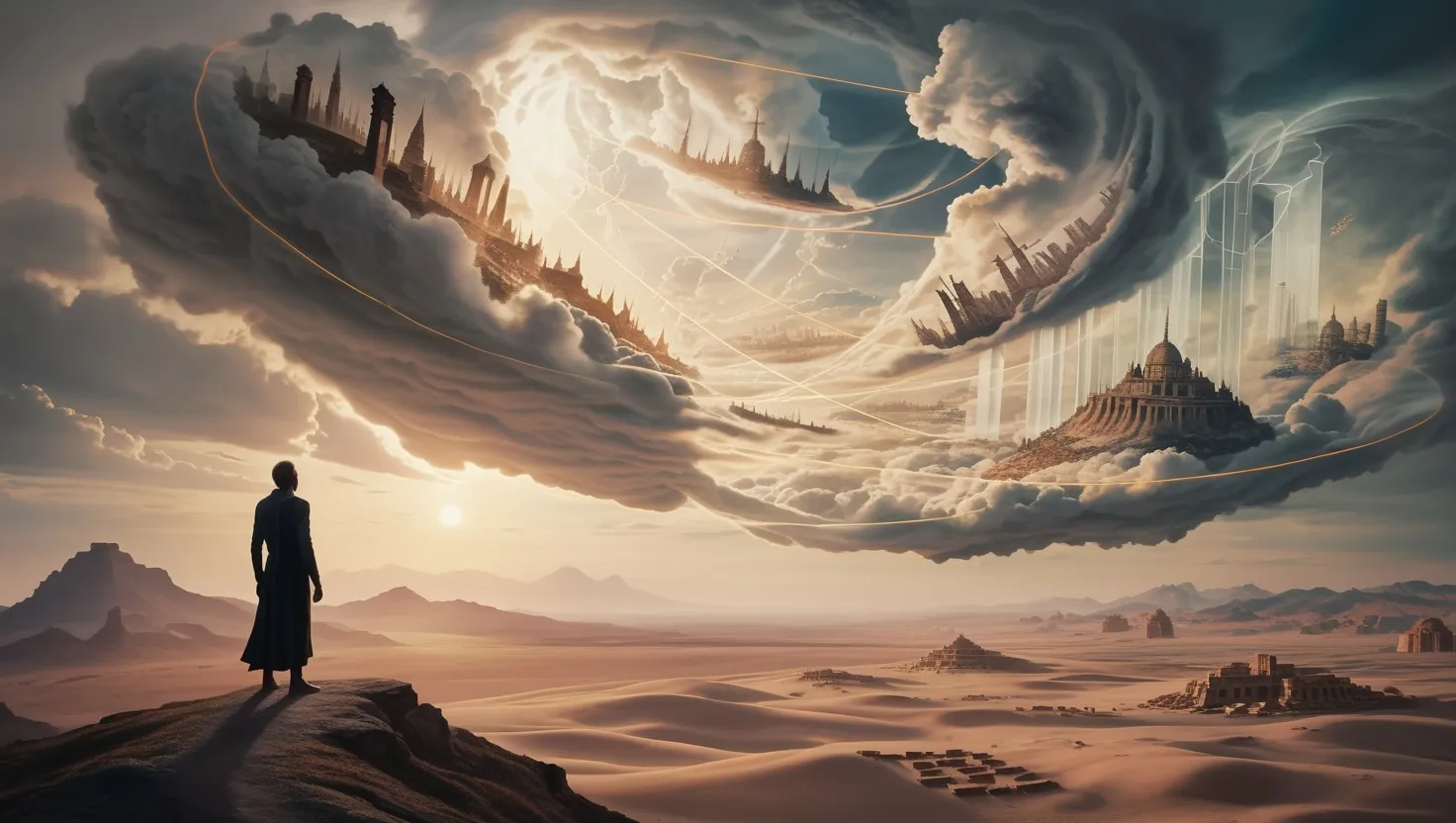Imagine a world where the collective experiences and memories of a species could influence its evolution, shaping the future of life in ways both subtle and profound. This concept, while it may sound like the stuff of science fiction, is at the heart of the Quantum Morphic Field Theory, a hypothesis that challenges our traditional understanding of inheritance, memory, and the forces that guide the evolution of life.
At its core, the theory proposes the existence of a non-physical field, known as the morphic field, which is shaped by the habits and behaviors of past generations. This field is not just a passive repository of information; it actively influences the development and behavior of organisms, from the simplest bacteria to complex human beings. According to this theory, the shape of our bodies, the behaviors we exhibit, and even the memories we hold are all influenced by these invisible fields.
Let’s start with the basics. The morphic field is thought to be a form of collective memory that transcends the individual. When animals or humans perform certain actions or exhibit specific behaviors, these actions resonate within the morphic field. Over time, these resonant patterns become habits that are encoded within the field. This means that future generations can tap into these habits, explaining why certain behaviors or traits seem to emerge spontaneously, even in isolated populations.
For example, consider the complex behaviors of animals like birds flocking or fish schooling. These behaviors are not just the result of individual instincts but are coordinated by a larger, non-local field that connects members of the same species. This field allows them to communicate and synchronize their actions, even when they are miles apart. It’s as if they are connected by an invisible network that guides their collective behavior.
But how does this work? The theory suggests that morphic fields impose patterns on otherwise random or indeterminate activity. When an organism develops, it is influenced by the morphic field associated with its species. For instance, an acorn grows into an oak tree because it is associated with an oak tree field, an invisible organizing structure that contains the form of the oak tree. This field is not fixed; it evolves over time as new patterns of activity are added to it.
This idea is not just limited to biological development; it also extends to memory and cognition. According to the theory, our memories are not stored as material traces in the brain but are encoded in the morphic fields. When we recall a past event, our brains tune into the corresponding segments of the morphic field, giving us access to memories that transcend time. This concept challenges the traditional view of memory as a purely physical process and opens up new possibilities for understanding how we remember and learn.
But what about collective memories? How do they shape our collective identity and influence our evolution? Collective memories are shared recollections that help shape a community’s identity. These memories are not fixed; they are malleable and can change over time through social interactions. When individuals within a community share similar experiences and schemata, their memories converge, forming a collective memory that defines their social identity.
This convergence of memories is crucial because it creates a shared understanding of the past, which in turn influences how we behave in the present. For instance, studies have shown that when community members share similar experiences, such as attending the same school or reading the same books, their memories of past events become more similar. This shared memory then shapes their collective identity and promotes sociality within the group.
Now, let’s take this a step further. If collective memories can shape our behavior and identity, could they also influence our evolution? The Quantum Morphic Field Theory suggests that yes, they can. By contributing to the morphic field, our collective experiences and behaviors can shape the development of future generations. This means that evolution is not just a random process driven by genetic mutations but is also influenced by the habits and behaviors of past generations.
But here’s the most intriguing part: if we can influence the morphic field through our collective experiences, could we consciously shape these fields to accelerate evolution or unlock latent abilities in ourselves and other species? This idea opens up a whole new realm of possibilities. Imagine if we could harness the power of collective memory to enhance our cognitive abilities or to adapt more quickly to changing environments.
Of course, this is a highly speculative idea, and there is much more research needed to fully understand the implications of the Quantum Morphic Field Theory. However, the potential is vast. If we can tap into and manipulate these fields, we might be able to accelerate our own evolution or even help other species adapt to the challenges they face.
The question remains, though: are we all unwitting participants in a grand evolutionary experiment, or is this just another case of seeing patterns in the randomness of nature? The answer lies in the intersection of science and speculation. While the theory is still in its infancy and lacks concrete empirical evidence, it challenges us to think differently about the nature of life and evolution.
In a world where we are increasingly aware of our interconnectedness, the idea that our collective experiences could shape the future of life is both exhilarating and daunting. It suggests that we have a role to play in the grand journey of evolution, not just as passive observers but as active participants.
So, the next time you recall a memory or exhibit a behavior that seems instinctual, remember that you might be tapping into a much larger, collective field. This field is not just a passive repository of information; it is an active force that shapes the world around us. And if we can harness its power, we might just find ourselves at the forefront of a new era in human and species evolution.






